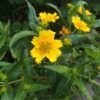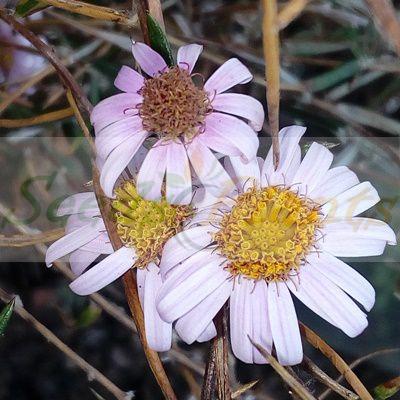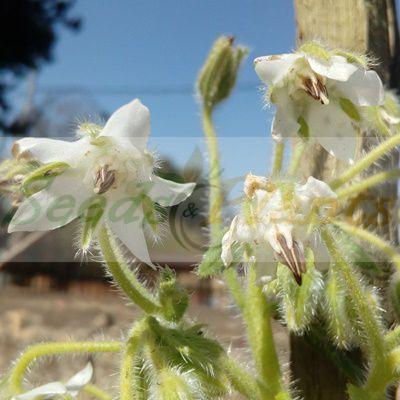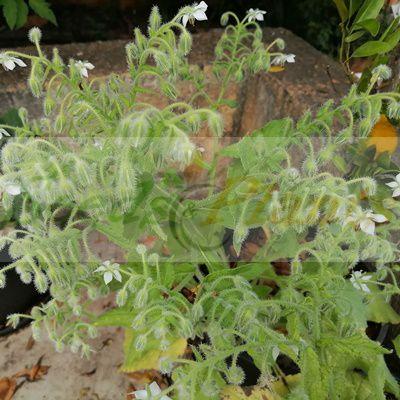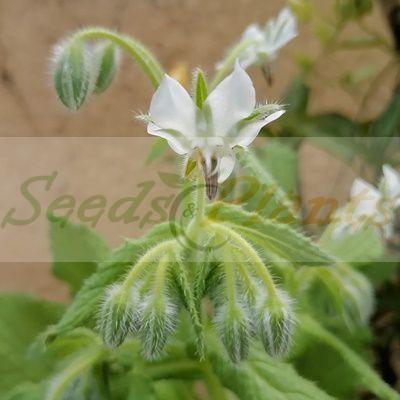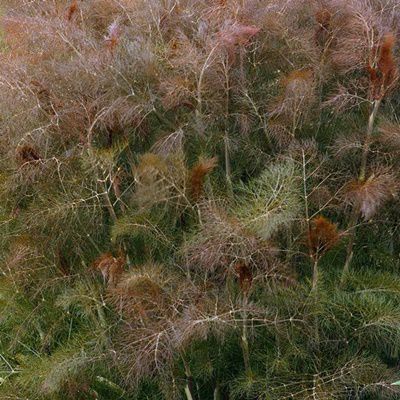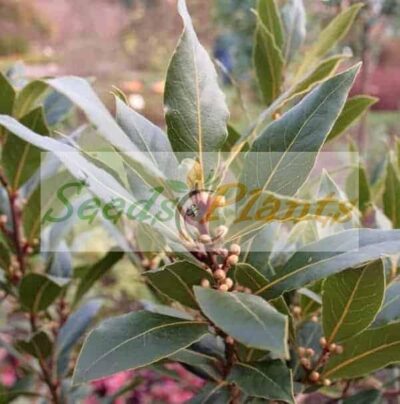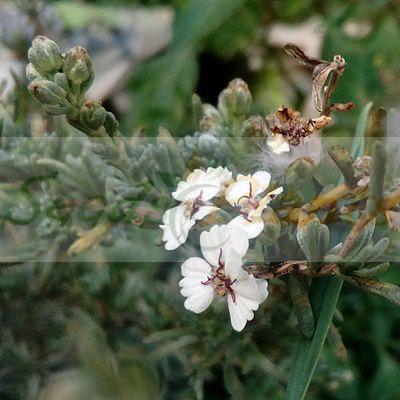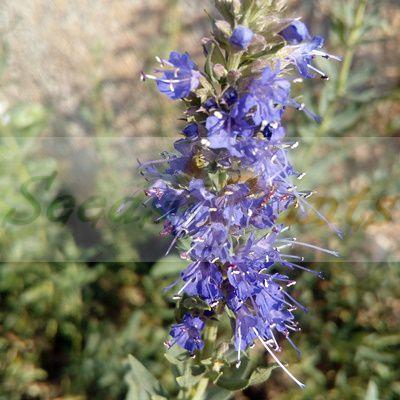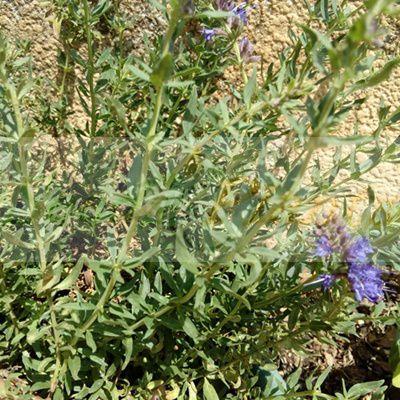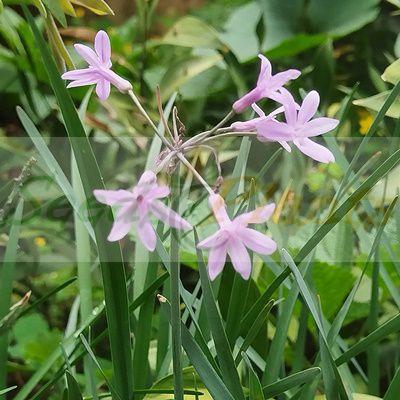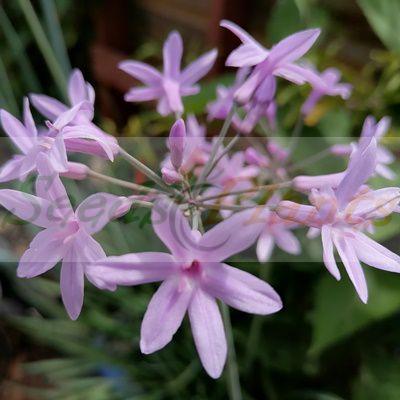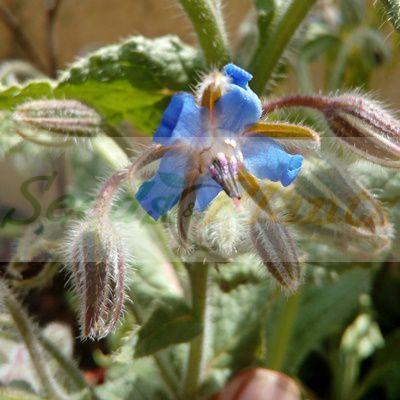🌼 Flower Quick Facts
Flower Info
- 🌍 Origin / Region: Mediterranean
- 🌸 Flower Color: White
- 🦋 Pollinator Method: Attracts Bees, Attracts Hoverflies
Medicinal Info
- 🌿 Medicinal Part: Flower, Leaf, Seed, Stem
- 🍵 Herbal Preparation: Infusion / Tea, Juice, Ointments/Creams, Poultice, Syrup
- ⚕️ Healing System: European Traditional Medicine
Culinary Info
- 🍽️ Culinary Use: Beverages/Teas, Garnish, Salads
- 😋 Flavor Profile: Cucumber-like
Growth Traits
- 🌱 Life Cycle: Annual
- 🪴 Growth Habit: Sprawling
Growing Requirements
- 🌞 Sun Exposure: Full Sun, Partial Shade
- 💧 Water Needs: Avoid Overwatering, Moderate Water
- ☀️ Growing Conditions: Drought Tolerant
- 🟤 Soil Preference: Clay, Loam, Poor Soil Tolerant, Sandy
White Borage -10 Seeds
(Borago officinalis ‘Alba’)
R30.00
The plant usually blooms slightly later in the season than its blue cousin. It is a medicinal and culinary herb with edible leaves and flowers.
Common Names: Starflower, bee bush, bee bread, and bugloss.
Seed Type: Organic – Harvested from our own plants.
Indoor Sowing: Late Winter / Early Spring.
Direct Sowing: Autumn, Spring and Summer.
Out of Stock
Email me when the product is back in stock.
🌼 Flower Quick Facts
Flower Info
- 🌍 Origin / Region: Mediterranean
- 🌸 Flower Color: White
- 🦋 Pollinator Method: Attracts Bees, Attracts Hoverflies
Medicinal Info
- 🌿 Medicinal Part: Flower, Leaf, Seed, Stem
- 🍵 Herbal Preparation: Infusion / Tea, Juice, Ointments/Creams, Poultice, Syrup
- ⚕️ Healing System: European Traditional Medicine
Culinary Info
- 🍽️ Culinary Use: Beverages/Teas, Garnish, Salads
- 😋 Flavor Profile: Cucumber-like
Growth Traits
- 🌱 Life Cycle: Annual
- 🪴 Growth Habit: Sprawling
Growing Requirements
- 🌞 Sun Exposure: Full Sun, Partial Shade
- 💧 Water Needs: Avoid Overwatering, Moderate Water
- ☀️ Growing Conditions: Drought Tolerant
- 🟤 Soil Preference: Clay, Loam, Poor Soil Tolerant, Sandy
White Borage (Borago officinalis ‘Alba’) is a robust variety that has bright green bristly leaves and striking white flowers which blooms throughout the summer. It is identical in growth habit to its blue counterpart, growing to a 2 to 3 foot tall bush that is slightly narrower in width. Stalks of white borage tend to be a bit sturdier, and the plant usually blooms slightly later in the season than its blue cousin. Both share the same large, fuzzy oval-shaped leaves. Their wrinkly, grey-green colored leaves are best described by the Arabic name ‘lisan atheur’, which aptly describes the shape and texture of the leaf as the ‘tongue of the bull.
The tiny flowers are star-shaped with five ivory white colored petals. From the center of the flower protrudes blackish brown anthers that form a cone shape. Borage grows well in a position with full sun and will tolerate partial shade. The plants will happily grow in just about any soil type as long as it drains well and likes to be kept somewhat moist throughout the growing season.
Borage Culinary Uses
With a taste comparable to that of cucumber, it has various culinary applications. The leaves can be used as a salad green and the flowers as edible decorations. This herb can also be used in soups, salads, borage-lemonade, strawberry-borage cocktails, preserves, borage jelly, various sauces, cooked as a stand-alone vegetable, or used in desserts in the form of fresh or candied flowers, to name a few.
How to grow White Borage
Indoor Sowing: Late Winter / Early Spring.
Direct Sowing: Autumn, Spring and Summer.
- Grown from seed, borage can be started indoors 3-4 weeks before the last frost or direct seeded just after the danger of frost has passed.
- Plant the small, black seeds just beneath the surface of the soil and thin seedlings to at least one foot apart.
- Trim back occasionally to keep plants tidy and upright.
- It is a good companion plant and mulch for most plants, being an excellent source of minerals, especially calcium and potassium.
Can this plant be used for culinary purposes?
White Borage -10 Seeds is traditionally used for culinary purposes such as beverages/teas and garnish.
Does this plant have medicinal uses?
Traditionally, White Borage -10 Seeds has a history of use in European Traditional Medicine. Seeds are sold for cultivation purposes only.
Disclaimer
Medicinal Information:
All medicinal information on this website is for educational and informational purposes only and may not be construed as medical advice. The information is not intended to replace medical advice or treatment offered by healthcare professionals.
Seeds, Plants, Plant Cuttings, Geophytes and Dried Herbs:
In some countries and provinces, certain plants are deemed as invasive and are not allowed to be planted at all, whilst some plants are allowed to be grown only in certain areas or provinces. The onus is on you as the buyer to familiarize yourself with the regulations pertaining to your location, before purchasing any of our seeds, plants, plant cuttings, geophytes or dried herbs. We will not be held liable, should you purchase any seeds, plants, plant cuttings, geophytes or dried herbs. from us which are prohibited in your country or province.

